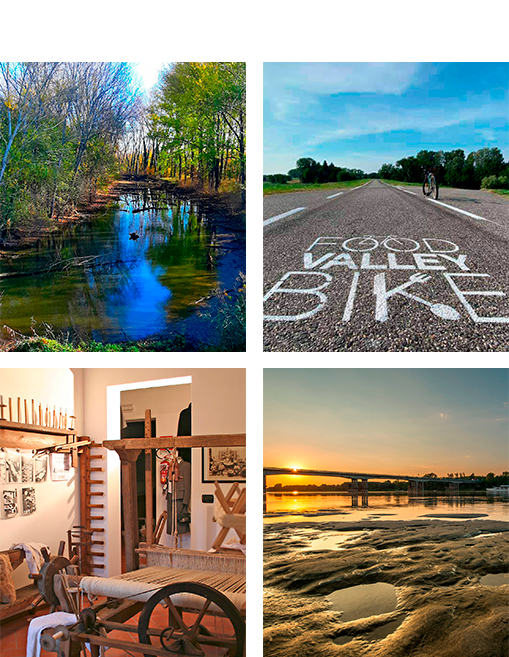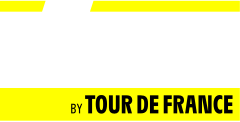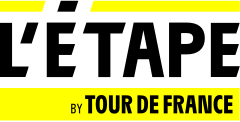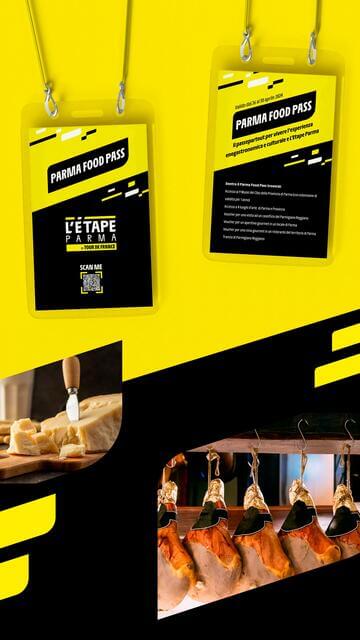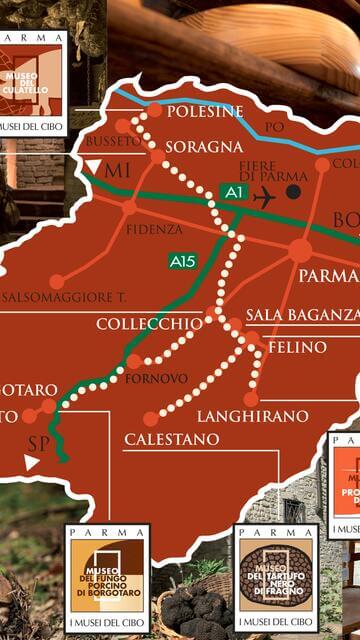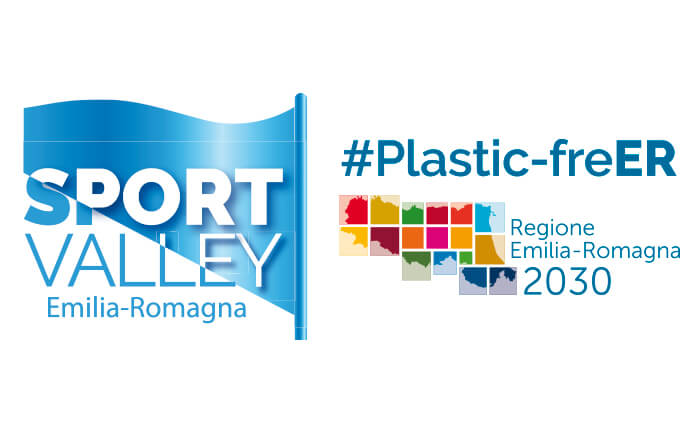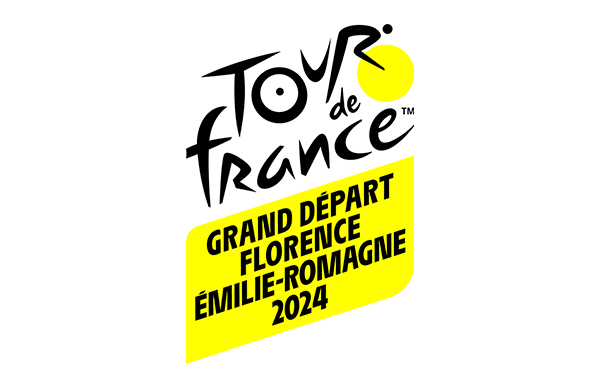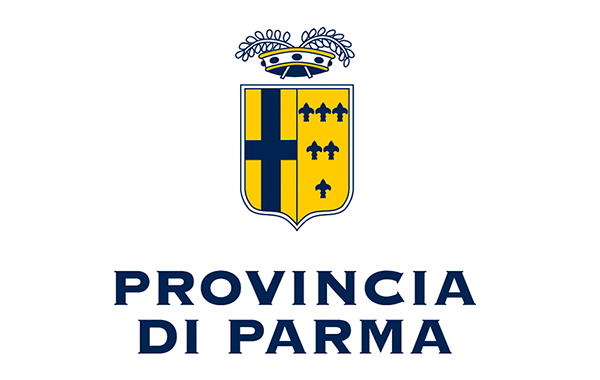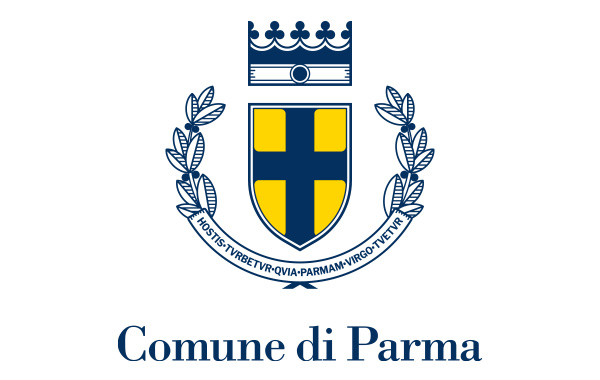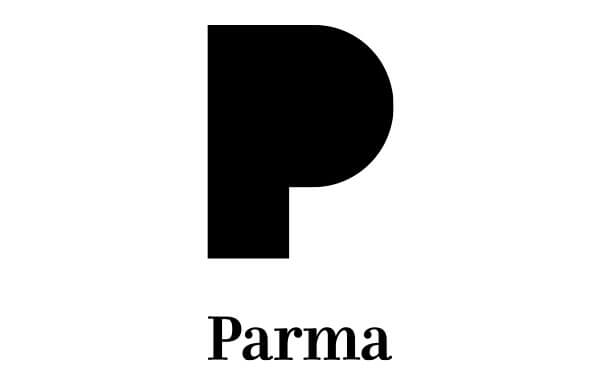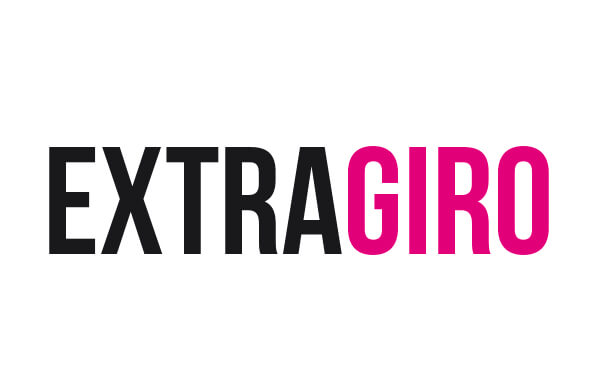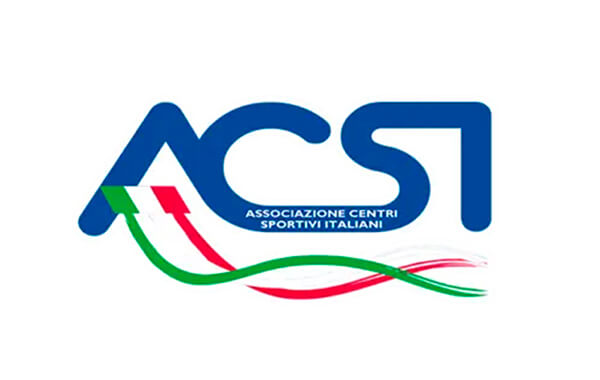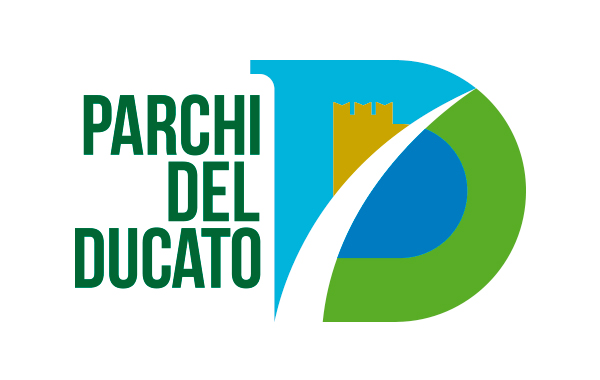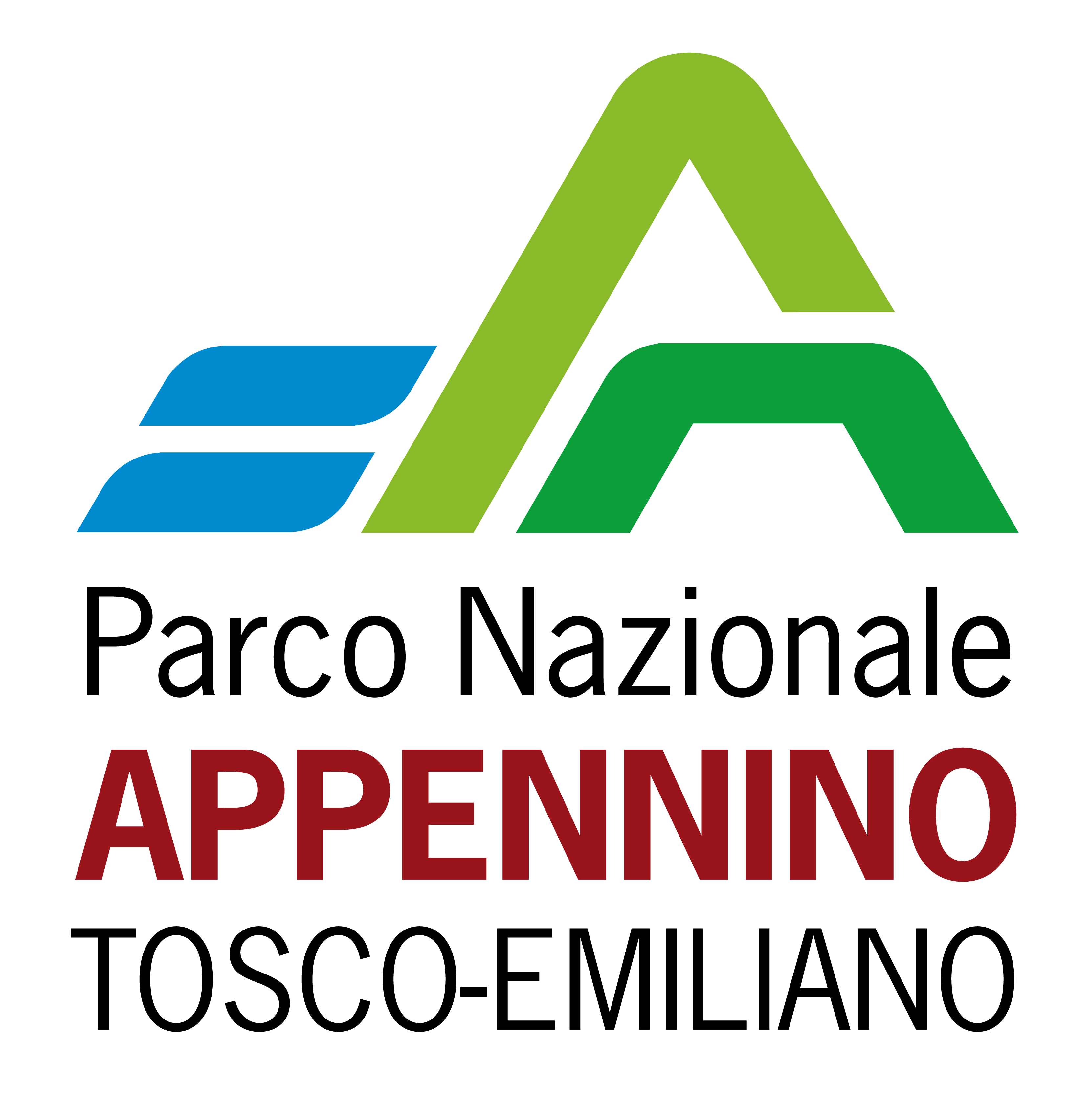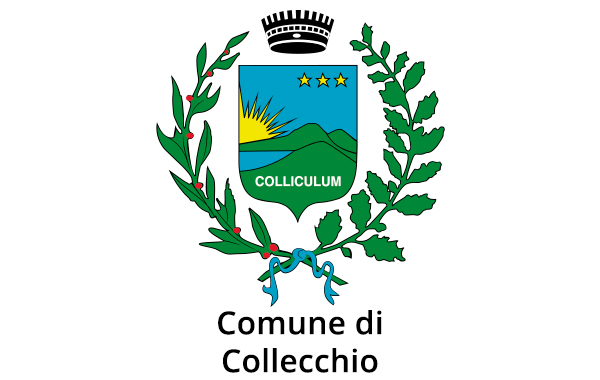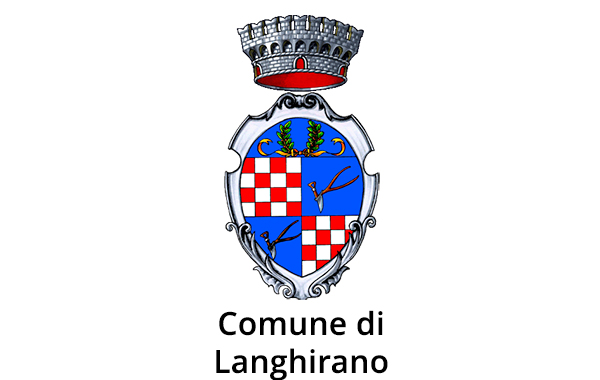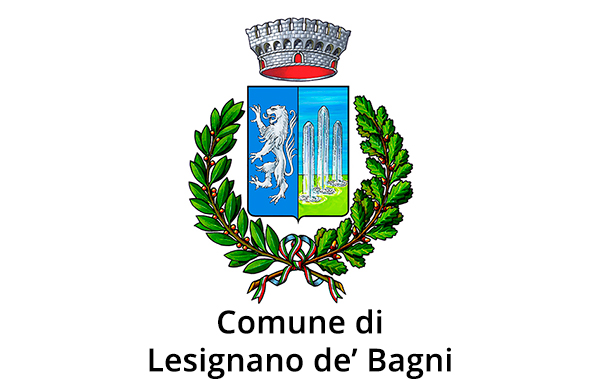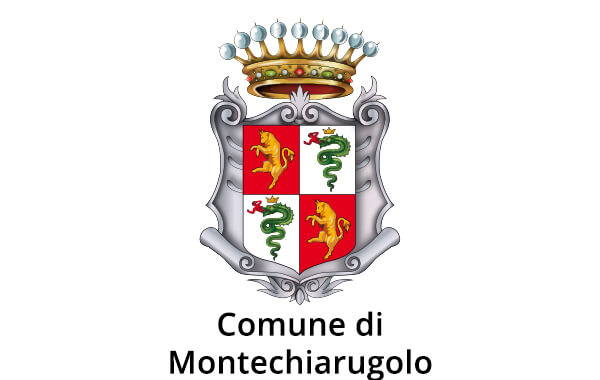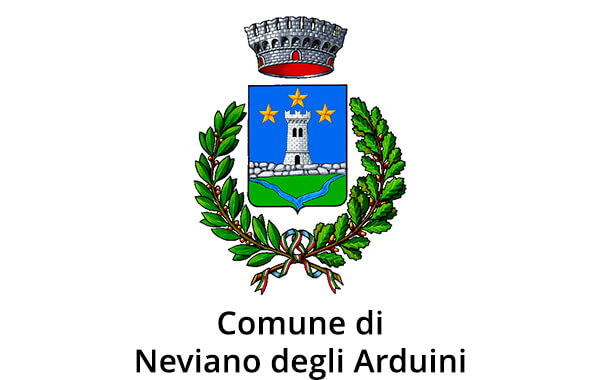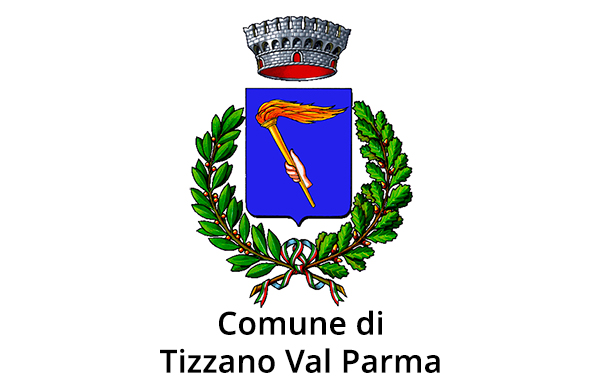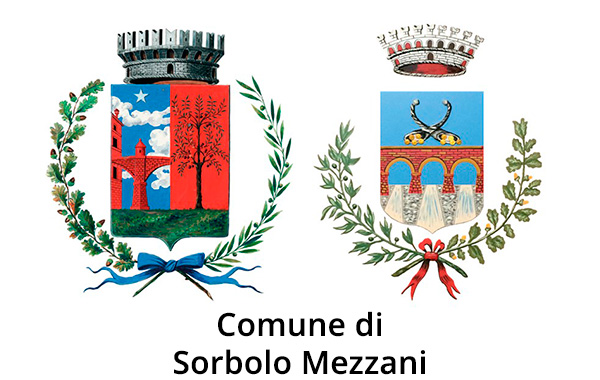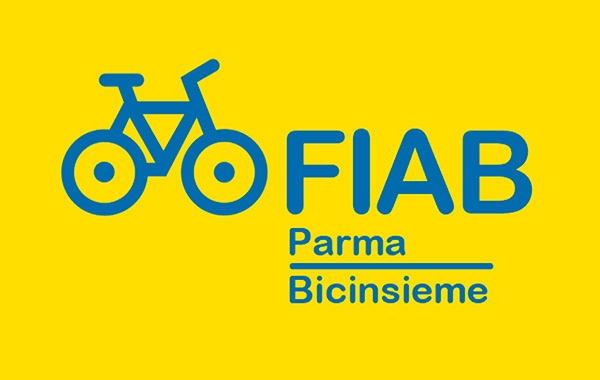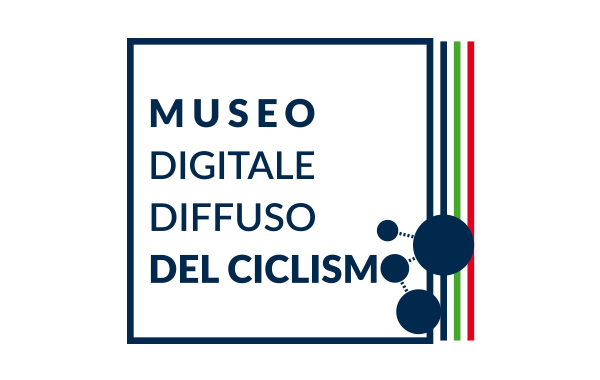DISCOVER THE BEAUTY OF THE TERRITORY
s

Parma

...Discover the city and its surroundings on Parma Welcome...
Collecchio

Langhirano
Located south of Parma along the Strada del Prosciutto e dei Vini dei Colli, Langhirano lies near the Parma stream; the fresh air and vineyards characterize the landscape of this foothill town, entirely imbued with the culture and atmosphere surrounding the production and aging of Prosciutto di Parma.
Langhirano is surrounded by numerous facilities dedicated to processing this excellence of Italian gastronomic tradition, a product appreciated and exported worldwide. The renowned Festival del Prosciutto di Parma, held every year in September, is dedicated to it, featuring guided tours of production facilities, a market with typical local products, music, and cultural events.
Montechiarugolo
Montechiarugolo, with its medieval structure, lies at the foot of the eponymous castle, which is well-preserved and remains an iconic landmark in the area. The name of the village comes from the Latin Mons Clariculus, meaning "clear mountain, devoid of trees," which over time evolved into Monteclaruguli.
The village and castle are deeply intertwined with the history of the Torelli family, who ruled over the region for over two centuries, from 1406 to 1612. In 1545, Pomponio Torelli, a renowned humanist, diplomat, and ambassador for the Farnese family in Italy and Europe, transformed the castle into a true court, enriching its cultural and political importance.
A significant historical event took place here on October 4, 1796, when the Battle of Montechiarugolo occurred. This battle is often considered the first conflict of the Italian Risorgimento, marking the first known use of the Tricolore flag by the Reggiana Civic Guard.
Montechiarugolo is also part of the Parmigiano Reggiano production area, with ten active dairies. Visitors can enjoy the unique flavors of this renowned cheese. In the nearby village of Monticelli Terme, the healing properties of the salsobromoiodic and sulfurous waters of the Borrini Spa, in operation since 1925, offer a relaxing experience.
What to See:
-
Castello di Montechiarugolo: Built on the remnants of a 13th-century structure, the castle is a stunning example of medieval architecture and offers a glimpse into the area’s rich history.
-
Chiesa di San Quintino: This church was rebuilt on the foundation of a Romanesque structure, with the original apse still visible on the exterior.
-
Palazzo Civico: A building dating back to the late 16th century, constructed atop the ruins of a 15th-century palace, this historic structure is a must-see for history enthusiasts.

Neviano degli Arduini
The Municipality of Neviano degli Arduini is located on the first foothills of the Tuscan-Emilian Apennines, in the province of Parma. Its varied territory is crossed by several streams, with the highest peak being Mount Fuso at 1117 meters. The area is well connected to Parma, about 30 km away. An important attraction is the Monte Fuso Wildlife Center, which offers nature trails, sports activities, and educational programs within the Cento Laghi Park.
The municipality has a strong agricultural vocation, with a particular focus on organic farming. Since 2001, the Oasi Biologica Nevianese Consortium has promoted the quality and value of local products. Neviano is part of the Parma Food Valley and is renowned for Prosciutto di Parma, Parmigiano-Reggiano, wines from the hills, and Campora chestnuts. Numerous productive activities are linked to ham and cheese production, as well as artisanal and commercial businesses that provide local employment.
The area boasts a rich cultural and historical heritage, with villages, historic courtyards, fountains, tower houses, and three important medieval churches: the Pieve of Bazzano, the Pieve of Sasso, and the Pieve of Scurano. It is part of the MAB UNESCO Biosphere Reserve of the Tuscan-Emilian Apennines, featuring numerous trails, including the "Panorama Ring" and historical routes linked to World War II events.
The cultural scene is vibrant, with five museums, an active library hosting cultural events, local associations organizing activities throughout the year, two renowned choirs, and a traveling theater group. The municipality is also committed to universal accessibility through the Paralympic Citadel project, aiming to make the area inclusive and accessible to all, in line with the ambitious vision of the “Paralympic Valley” of the Apennines.

Sorbolo Mezzani
